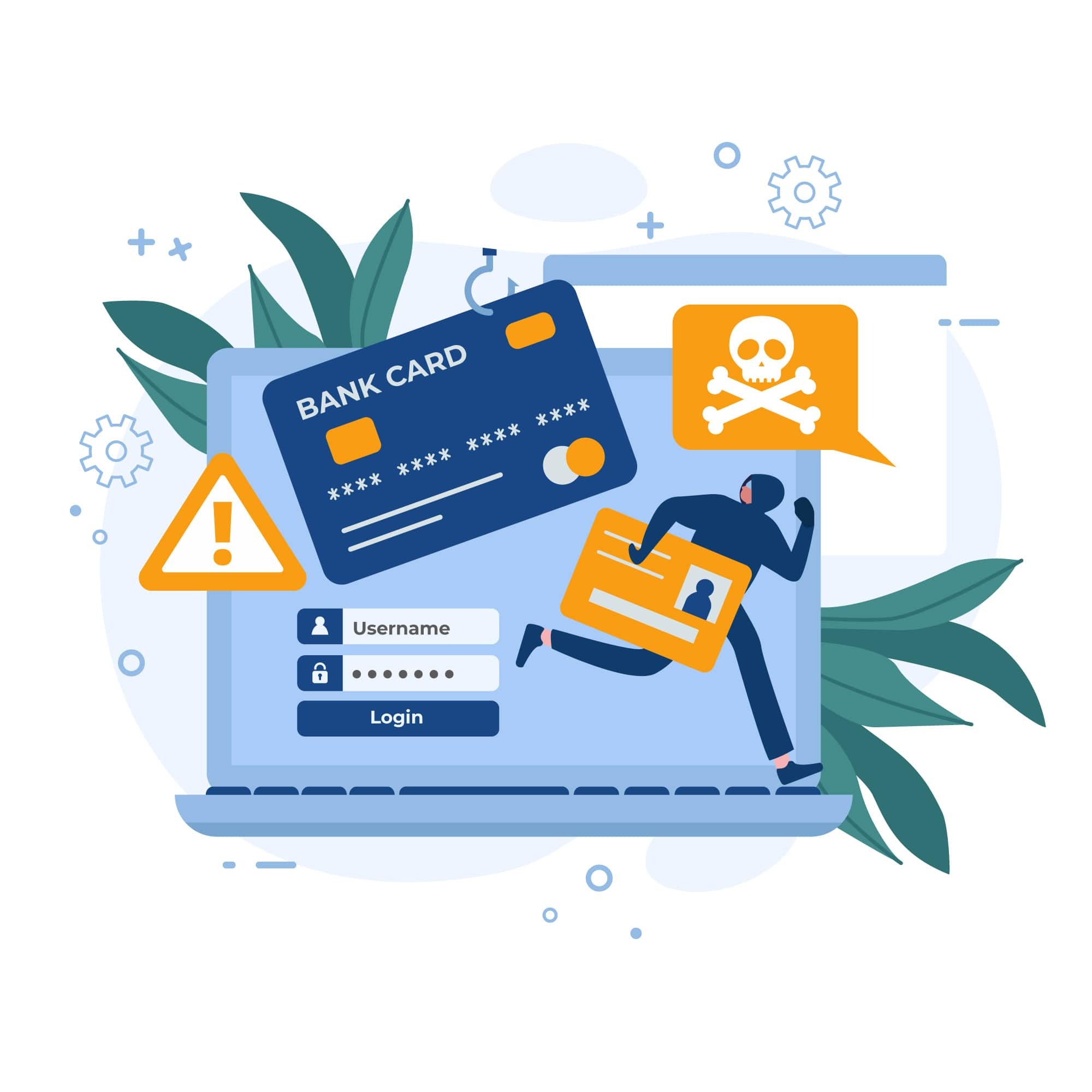
Avoid a Security Breach with These Easy Tips
With 52% of security breaches being caused by human error, it is important to recognize that one of your employees could inadvertently be the cause of your company’s next data breach. This month, SiteLock is supporting Data Privacy Day on January 28, 2016 in an effort to create awareness around the importance of privacy and protecting personal information.
Educating your employees is key to preventing a breach, so here are some best practices to get the ball rolling:
1. Emphasize the Importance of Security
Explain to your employees why cybersecurity matters and the risks associated with using poor security practices. If customer or employee data is stolen, everyone suffers the consequences. Once your employees understand the risks of a security breach, they’ll be more inclined to use proper safety protocol.
2. Always Protect Sensitive Information
Cybercriminals are constantly looking for ways to gain access to confidential data, such as payment card numbers, email addresses, and social security numbers. This type of information should never be shared via email. Instead, use a secure file transfer system that encrypts the information being sent. This will only allow the authorized recipient to access the information.
3. Enforce Strong Passwords
The stronger your password, the better protected you are from security breaches, hackers and malicious software. Strong passwords are necessary when providing defense against unauthorized access to company data. A strong password is at least eight characters long, includes numbers, capital letters, and symbols. Never use a dictionary word when creating a password; hackers use software to guess passwords that contain words in the dictionary. Remember to change passwords regularly, at least every six months.
4. Teach How to Identify Phishing and Other Scams
Do your employees know how to spot a phishing email? Cybercriminals create well-crafted emails that trick the user into clicking on links or attachments that collect confidential data or contain malware. Phishing emails may look harmless, but they have the potential to do a lot of damage. Make sure your employees are double-checking the sender’s email address to ensure it’s not being sent from a spammer disguised as a colleague or other reputable business.
5. Update, Update, Update
Hackers scan thousands of websites every hour in search of vulnerabilities. When website security holes are found in software, hackers are quick to attack. Always ensure your plugins, themes and platform installations are updated to their latest versions.
6. Lock your Computer
When employees leave their desks, they should lock their screens or log out to prevent unauthorized access. When an unauthorized user gains access to a computer that is not theirs, they are able to gather confidential information or misuse an account, resulting in a potential security breach.
Website security is an essential part of avoiding a data breach, if you’d like to be proactive about your cybersecurity, visit SiteLock.com or give our security experts a call at 855.378.6200, and we’ll work together to find a solution perfect for your business.
Data privacy concerns us all. If you’d like to better learn how to protect your data, visit the official Data Privacy Day website.





